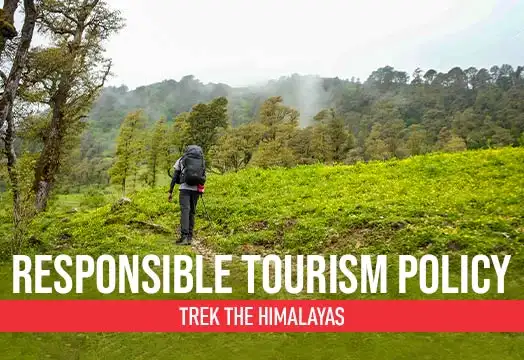Going on a trek is a lifetime experience. It gives you everything, more than you can ask for. Despite being super fit, and in clear weather conditions you might feel a dearth of joy because of the heavy backpack. You keep wondering why the hell I carried these things, which probably you won’t even use!
Packing a bag for a long excursion is a tedious task. Despite knowing the list of trek essentials, it is confusing. The ultimate aim is to keep the backpack as lightweight as possible. Here is something that will help you lose some weight!
The backpack itself comes first: Check the size and weight of your backpack before purchasing it. Every backpack has its weight due to the padding, frame for the back and whatnot. For small treks carry a small backpack of 45L. For big treks, you can take a 60L bag. Try to pick a light one as per your need.
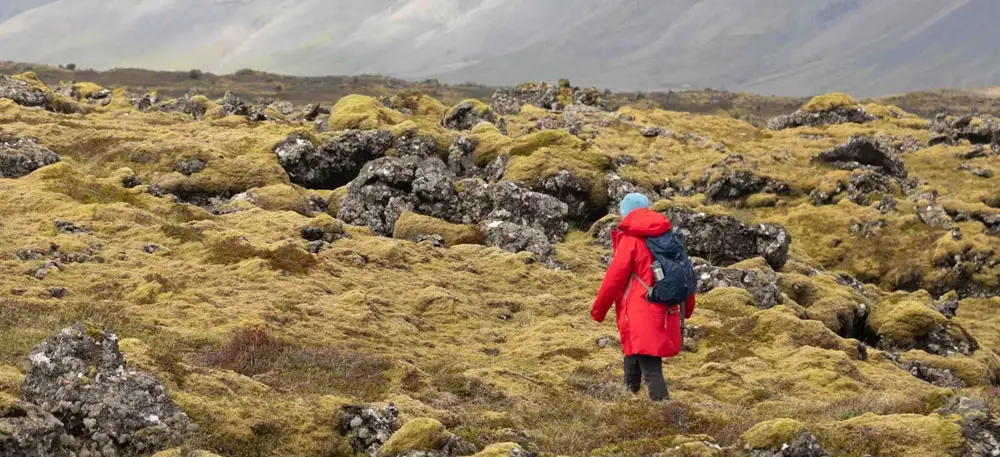
Keep it small: Do not carry big bottles of moisturizer, Colgate, etc. Carry small-sized containers. You can also carry sachets as per the number of days of the trek. Find miniature versions of everything. This will reduce weight and occupy less space. Use only one small tiffin so that vegetables and roti or rice can fit. Instead of a bulky towel, a long napkin can work, since you will bathe only once or twice before/after the trek.

Keep it simple, remove the packaging: Remove the packing of the box or plastic wrapping for new t-shirts, pants or jackets. Peel off the extra packing, roll the clothing, and stuff them into your backpack. Then try to squeeze the small items between them. Bring soap paper instead of a soap bar.

Keep it less: Who knows yourself better than you? If you can adjust without something then better keep it at home—no need to carry moisturiser, and sunscreen separately. Try to get a moisturiser having SPF or use only sunscreen. Do not carry the big pack of medicines if you need any. Keep a count of the number of trekking days, carry only that much. Carry only 3 pairs of trousers, 2 for trekking, 1 at night. Same with the T-shirts. We suggest bringing enough pairs of socks both woollen and normal.
Reuse: Carry objects that can be reused or have multiple uses. For example, a woollen bandana can act as a balaclava to cover the face and as a cap. You do not need to get a separate woollen cap. A thermos can work as a bottle too. No need to carry another water bottle, use your thermos. Use chargeable batteries that can be used even after the trek.
Wear light: We usually suggest dry-fit clothing, they have their advantages. And they are light too. Choose a fleece that is warm and light compared to a bulky, thick one. Use floaters at the campsite rather than slippers. Slippers are anyway not that comfortable when the campsite is grassy or rocky. In case your shoe betrays you, floaters are there.
Know your trek: Do not carry a down jacket for summer treks, instead wear layers, fleece, light jacket for the summit. For winter treks, wear enough layers, or 2 fleece jackets, so that one down-jacket will suffice. No need for woollen trousers, you can wear thermals under normal ones. We say it may rain anytime in the mountains. Therefore, choose a waterproof windcheater, a separate rain jacket or a poncho. Basically, know your trek, know its season and then plan accordingly.

Share with your friends: If you are going in a group then make one person carry one item so that others won’t have to carry it. For example, share Colgate, sunscreen, moisturiser, toilet paper etc. Keep in mind, that the backpack should not weigh more than 8-10kgs. Know yourself, know your trek better. Go through that checklist again. Shed as much as you can. Even an extra gram feels heavy at a high altitude. Therefore, keep it simple, keep it minimal, and keep it light!

.webp)
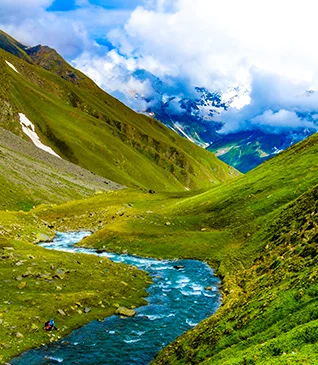





.webp)
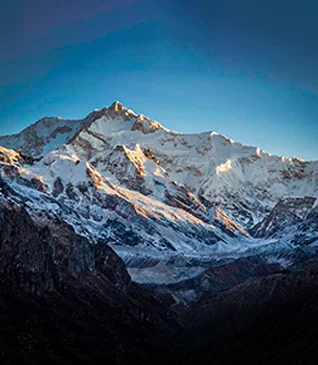
.webp)


.webp)
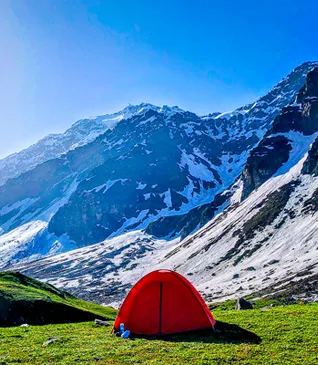



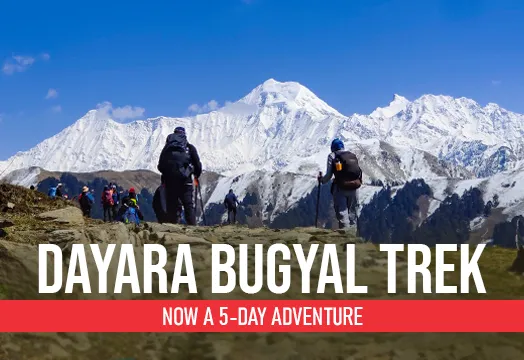
.webp)

.webp)
